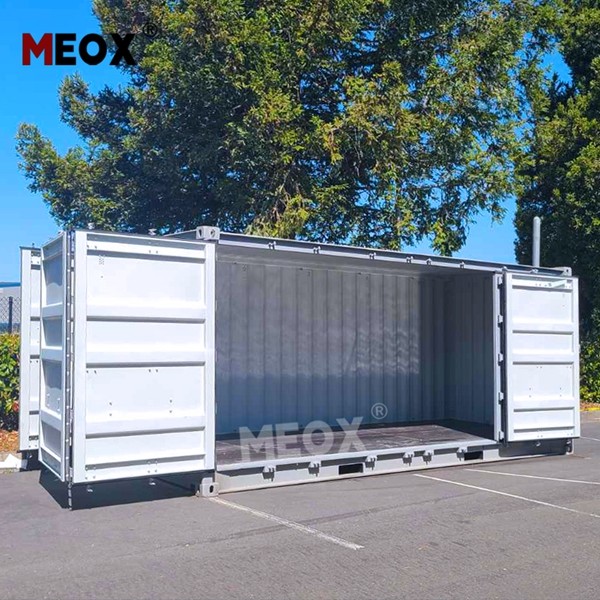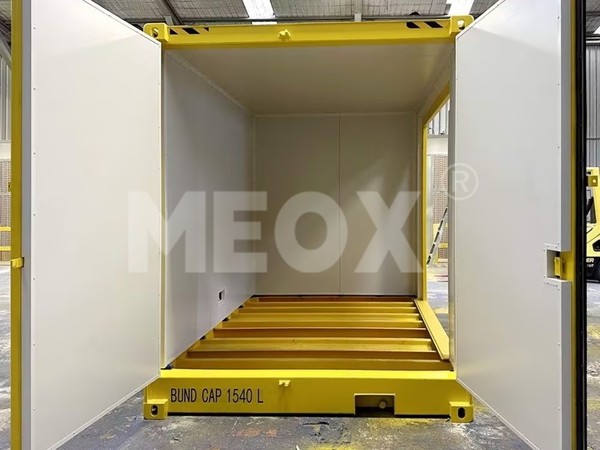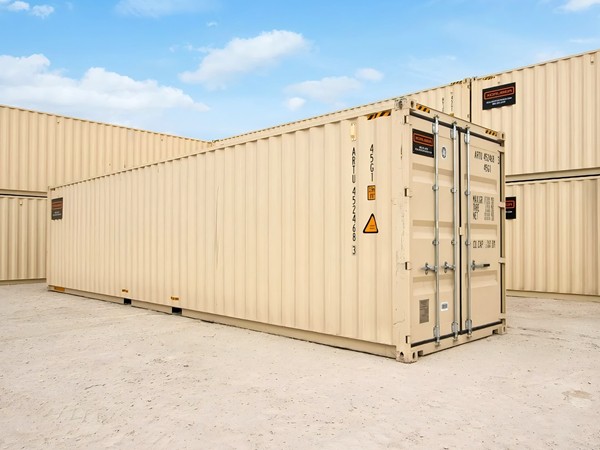In the evolving energy landscape, renewable energy sources like solar and wind are becoming more prevalent, but they come with one significant challenge: intermittency. Battery energy storage containers are an effective solution to this problem, providing a way to store excess energy when it’s available and release it when demand is high or when renewable generation drops. Whether you’re interested in the battery energy storage system container price, exploring how container battery energy storage systems work, or considering them for your energy needs, here’s a detailed overview of these innovative systems.

What is a Battery Energy Storage Container?
A battery energy storage container is a modular, transportable system that stores electrical energy in batteries. These containers are typically housed in standard shipping containers or similar enclosures, making them easy to transport and deploy. These systems are designed to store electricity produced by renewable energy sources or the grid and provide it back when needed, helping to balance supply and demand.
Battery energy storage containers use various types of batteries, but lithium-ion batteries are the most common due to their high energy density, long life cycles, and efficiency. They can be installed at a variety of locations, including on-site at renewable energy facilities, industrial plants, or even in remote areas that lack access to the central power grid.
Benefits of Battery Energy Storage Containers
Scalability:
Battery energy storage containers are modular, meaning that they can be scaled up or down depending on the storage capacity required. Multiple units can be deployed in parallel to provide larger storage capacities, or a single container can serve smaller, localized needs.
Portability:
One of the main advantages of these systems is their portability. Battery energy storage containers can be moved to different locations as needed, providing flexibility for temporary installations, mobile energy solutions, or projects in remote locations. This makes them ideal for disaster relief, mobile power supplies, or on-site power generation.
Grid Stabilization:
These containers help stabilize the grid by storing excess power when demand is low (or when renewable generation is high) and releasing it when demand spikes or generation drops. This helps prevent blackouts, reduce grid congestion, and support the integration of renewable energy into the grid.
Cost Efficiency:
When compared to traditional energy storage methods, battery energy storage systems in containers can be more cost-effective, particularly when considering their quick deployment and the reduction in infrastructure costs. The modular nature of the containers also allows for more affordable initial investments, with the option to expand as needs grow.
Reliability and Efficiency:
Modern battery energy storage systems are highly efficient, with most systems offering round-trip efficiencies of over 90%. They are also relatively low-maintenance, providing a reliable source of power over long periods, which is crucial for businesses, industries, or utilities that rely on uninterrupted power supply.
Types of Batteries Used in Energy Storage Containers
Lithium-Ion Batteries:
Lithium-ion batteries are the most widely used in battery energy storage containers due to their high energy density, long life span, and fast charging/discharging capabilities. They are ideal for both grid stabilization and backup power applications.
Flow Batteries:
Flow batteries are a promising alternative to lithium-ion batteries for large-scale energy storage. They use liquid electrolytes to store energy, providing longer life cycles and lower degradation rates than lithium-ion systems, though they tend to have lower energy densities.
Lead-Acid Batteries:
Though less common in modern energy storage solutions, lead-acid batteries can still be used in some battery energy storage containers for lower-cost, short-duration storage needs. However, their performance and efficiency are lower compared to lithium-ion and flow batteries.
Sodium-Ion and Solid-State Batteries:
Sodium-ion batteries and solid-state batteries are emerging technologies that may see use in battery energy storage containers in the future. These batteries promise lower costs and better safety profiles, although they are not yet as widely adopted as lithium-ion batteries.
Applications of Battery Energy Storage Containers
Grid-Scale Energy Storage:
One of the primary uses for battery energy storage systems is to stabilize the electrical grid. These containers can store energy during off-peak hours and discharge it during peak demand, reducing strain on the grid and helping to integrate intermittent renewable energy sources such as solar and wind.
Renewable Energy Integration:
With the increasing adoption of renewable energy sources, battery energy storage containers play a critical role in storing excess power generated by wind and solar farms. This allows utilities to store renewable energy when conditions are optimal and use it when generation drops, improving the reliability of renewable energy.
Commercial and Industrial Applications:
Battery energy storage containers are often used in commercial and industrial settings to reduce energy costs. These systems can store off-peak electricity and release it during peak hours when electricity prices are higher. This is known as “demand charge management” and can significantly lower operational energy costs.
Emergency Backup Power:
These systems are ideal for providing emergency backup power during outages. For businesses, critical infrastructure, or remote areas, a battery energy storage container can serve as an independent power source that kicks in when grid power is unavailable.
Microgrids:
Battery energy storage containers are also essential components of microgrids, which are small-scale, localized grids that can operate independently of the central grid. These systems can be deployed in remote locations, military bases, or off-grid communities, providing power stability and energy security.
Battery Energy Storage System Container Price
The battery energy storage system container price can vary widely depending on several factors, such as battery type, storage capacity, installation requirements, and the technology involved. Here are some key factors that influence the cost:
Capacity:
The size and storage capacity of the system are key price determinants. A larger system designed for industrial use or grid-scale energy storage will naturally cost more than a smaller system intended for backup power or residential use. Costs can range from $100,000 for small, entry-level systems to millions of dollars for larger-scale systems.
Battery Technology:
Lithium-ion batteries typically cost more than older technologies like lead-acid batteries or emerging technologies like sodium-ion batteries. However, lithium-ion batteries offer greater efficiency, longer life spans, and higher energy densities, making them the preferred choice for most modern energy storage applications.
Infrastructure and Installation:
In addition to the cost of the containers themselves, you must also factor in the cost of infrastructure, installation, and connection to the grid or other power systems. This can include additional equipment like inverters, transformers, cooling systems, and specialized monitoring tools. Installation costs can add tens of thousands of dollars to the overall price.
Maintenance and Operational Costs:
While battery energy storage containers are relatively low-maintenance, you should still consider ongoing operational costs, such as monitoring, maintenance, battery replacement, and potential software updates. These costs are typically much lower than those for traditional power generation systems, but they should be part of the overall budget.
Manufacturer and Customization:
The manufacturer and specific customizations to the system will also impact the price. Highly specialized or custom-designed systems for specific applications (e.g., remote areas or critical infrastructure) may come at a premium.
To provide a rough estimate, small systems may start at $100,000 to $300,000, while larger, more sophisticated battery energy storage systems may range from $500,000 to several million dollars, depending on the scale and technology involved.
Battery energy storage containers represent a powerful solution for modern energy management. With their scalability, portability, and cost-effectiveness, these systems offer a flexible way to store and release energy, especially for renewable energy integration, grid stabilization, and backup power needs.
Whether you’re looking at battery energy storage system containers for commercial, industrial, or residential applications, understanding the cost and capabilities of these systems can help you make informed decisions. As battery technology continues to advance, the price of battery energy storage systems will likely continue to drop, making them an even more accessible and sustainable energy solution in the years to come.






